Bio-economic analysis of dual-purpose management of winter cereals in high and low input production systems

Authors:
Dual-purpose (DP) management of cereals holds promise to reduce the feed gap and to better integrate crop and livestock systems especially in drylands where forage deficit is severe. However, there is limited information on which cereal species and type of management would be most optimal for both forage and grain production in dry highland environments. A two-year field study (2013–2015) in the Central Anatolian plateau of Turkey investigated the effect of spring defoliation of barley, triticale and wheat varieties at tillering and stem elongation stages and a no-cut (grain-based) system under low- and high-input management on yield and quality of forage, straw and grain. Overall, barley had greater (P<0.01) forage DM accumulation within the winter-spring season, relative to wheat and triticale with the exception of low-input system in 2014 when all cereal species and varieties had similar DM yield for both defoliation stages. Differences in straw yields favored barley over triticale and wheat for low-input system in 2014 (P < 0.09) but not 2015 and for high-input system for 2014 (P < 0.05) and 2015 (P < 0.07). Most frequently, cutting at stem elongation had the lowest total DM production. Similarly, grain yield was lower when cut at this stage for both years and input management systems. Total crude protein was greater in the systems with cut forages compared to the no-cut. Bioeconomic modelling indicated that growing cereals only for grain led to higher profits when the precipitation was lower than average, while DP management based on defoliation at tillering led to higher profits during an average year. Also cultivation of barley led to higher profits in all periods. The findings provide a convincing case for dual-purpose management of cereal forages both under low and high input systems for improved efficiency and profitability in croplivestock farming.
